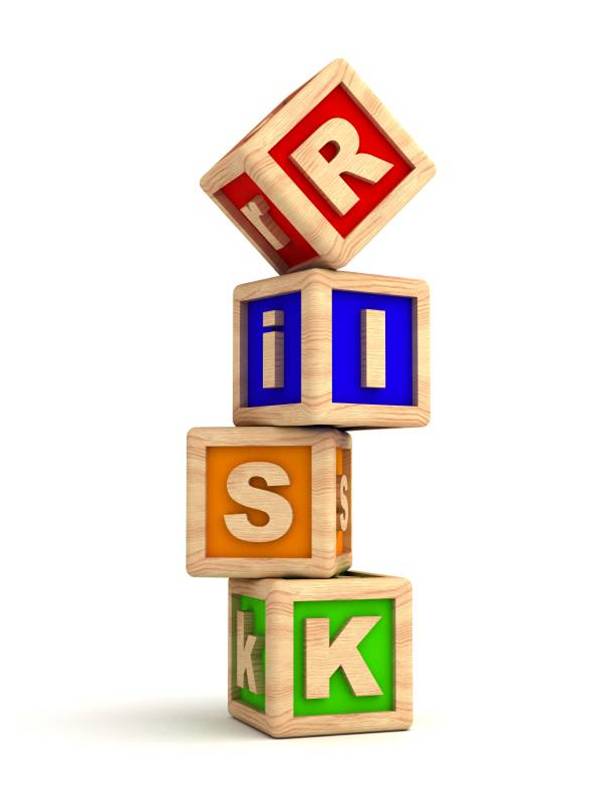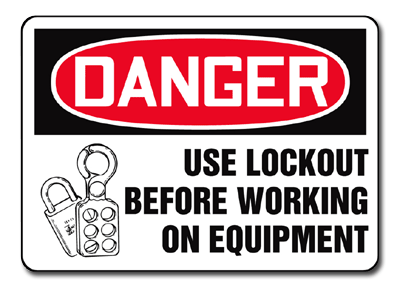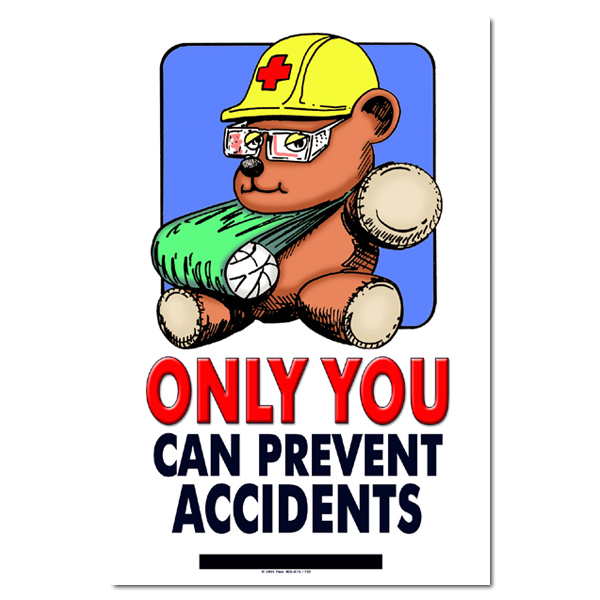 What physical changes occur, in general, as a person ages… and how can this affect their work?
What physical changes occur, in general, as a person ages… and how can this affect their work?
Our bodies change as we age. People reach full physical maturity or development at around the age of 25 years. Then after a period of relative stability, our bodies begin to show signs of aging. Most of these changes are first noticed at ages 40 or 50, but changes can occur (or start) as early as 20 or 25. These changes include:
- Maximum muscular strength and range of joint movement: In general, people lose 15 to 20% of their strength from the ages of 20 to 60.
- Cardiovascular and respiratory systems: The ability of the heart, lungs and circulatory system to carry oxygen decreases. Between the age of 30 and 65, the functional breathing capacity can reduce by 40%.
- Regulation of posture and balance: In general people may find it harder to maintain good posture and balance. When seated or standing still, this may not be a problem. However, accidents that happen because someone loses their balance do happen more often with age.
- Sleep Regulation: As we age, our body is not able to regulate sleep as well as it used to. How long a person sleeps, and how well they sleep, can additionally be disrupted by changing work hours or by light and noise.
- Thermoregulation (Body Temperature): Our bodies are less able to maintain internal temperatures as well as less able to adjust to changes in external temperature or due to physical activity. This change means that older workers may find heat or cold more difficult to deal with than when they were younger.
- Vision: Vision changes with age. We will notice we cannot see or read from certain distances as well as we used to.
- Auditory (Hearing): Hearing also changes. We may not be able to hear as well at higher frequencies (high pitch sounds). Most often, this change is noticed as the inability to listen to a particular voice or sound in a noisy environment.
via Aging Workers : OSH Answers.
 Preventing sexual harassment in the workplace, though difficult, is critically important. Fortunately, federal and state courts that have wrestled with the complex issues present in sexual harassment litigation have identified three steps an organization should take to prevent sexual harassment as well as liability for incidents that may nevertheless occur.
Preventing sexual harassment in the workplace, though difficult, is critically important. Fortunately, federal and state courts that have wrestled with the complex issues present in sexual harassment litigation have identified three steps an organization should take to prevent sexual harassment as well as liability for incidents that may nevertheless occur.








